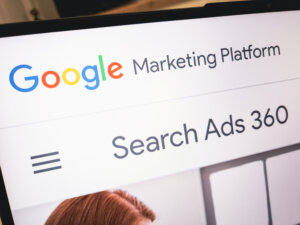To be a good communicator, a technical writer provides accurate, reliable, valuable information within documents. Once all information has been gathered, how do you begin to organize it all? You have been jotting down all your notes into a book or a document. How do you de-clutter and pick only the most relevant information that needs to be communicated? Here are some ideas.
Classify It
Arrange the data into groupings or categories.
- Within all your information, if there is one subject that constantly stands out, make that a category, and group all appropriate notes into that category.
- Simple examples of categories could be ‘Procedures’, ‘Graphics’, ‘Reports’, etc. You could also just group all your ‘Red flags’ into one category and add it to an Appendix.
- If no topic stands out, then take one piece of information and see if you can build upon it with related notes that have been taken. In other words, start small and build upon it. Put a category name to this group of information, such as ‘Background Information’ or ‘Must Know Information’ and create an Addendum section.
- For information that you cannot group within any category, create a Miscellaneous grouping. You can add this information to the end of the document as an Appendix or Supplemental section, or it may not be needed at all. But in any case, do not automatically delete it as it may become useful later.
Organize It
Consolidate and organize the categories.
- Arrange and organize the above categories by topic or subject matter into a logical sequence. These can be your paragraph lead-ins or your section headings.
- Build your content within the groupings to create the document.
- Analyze your content to make sure it is valuable and beneficial.
- Create more than one document, i.e., one for managers, one for users, and/or one for developers, marketing, etc., if needed.
Manage It
Ensure that there are no ‘oops’ in your information.
- Delete any out-of-date or obsolete data. Ensure that your data is accurate and precise.
- Collaborate to ensure notification of any pending or possible changes. Hence, be flexible and monitor all your incoming information for updates.
- More importantly, make sure you are more than familiar with the product or application you are writing about to ensure continuous accuracy.
- Create a reference sheet (a useful collection of convenient and relevant information on one page) to direct readers to the appropriate document and its location. Manage and organize it for easy accessibility for all those that will need the completed document.
Notes:
- Readability – ensure that the document reads clearly, smoothly, meaningfully and without any inconsistencies or ambiguities.
- Document the procedure used to de-clutter your notes for future usage.
If you use other methods to de-clutter your notes, please leave a comment. Thank you.
 Sections of this topic
Sections of this topic
















